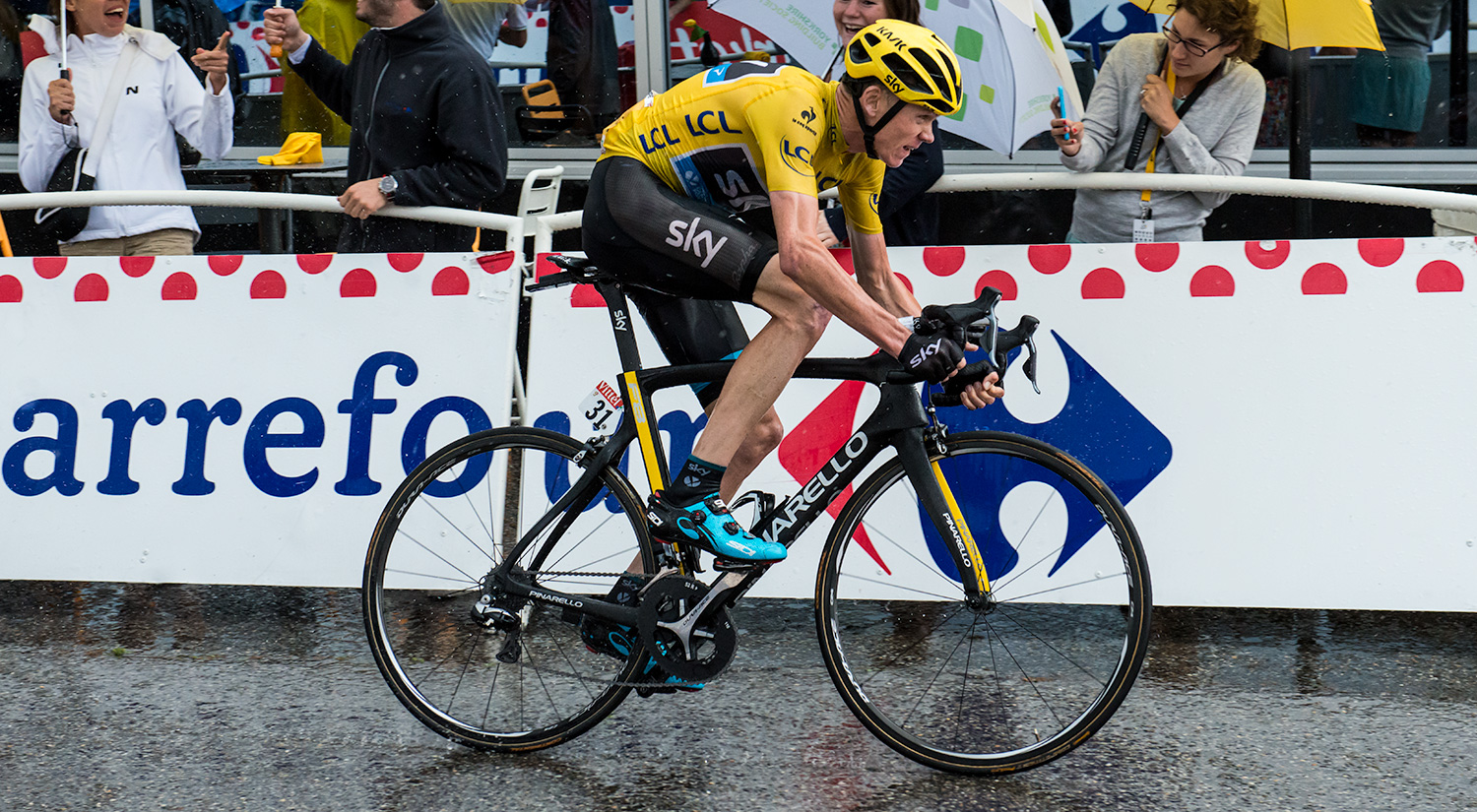OK, here goes...
Not entirely true that oval rings aren't seen anymore (or that they were an invention from mountainbiking).
Rotor, O-symmetric and KCNC just to mention a few.
They turn up on roadbikes fairly often and have been knocking around for a more than a century (1890?).
Front derailleurs never work well with them because of the varying chain to ring gap screws up shifting a bit, so with the current 1x whatever fashion (off and on road) they might see a resurgence. However, they're not good with clutch mechs or possible with belt drives, so the big wads and hipsters can't use them.
The Shimano idea on their sub-square Biopace system was completely different to the elliptical rings from Egg Rings etc.. Shimano thought that to lower gearing just before the power stroke would speed up the rider's leg without additional physical effort from the rider. The added momentum would help past the deadspots.
Hence the tooth count being the same as their equivalent round ring, and the size difference between long and short axes being the same on all sizes of ring.
Unfortunately the poor idea, backed up with plenty of marketing money, tarnished the whole oval ring idea for a generation.
True elliptical and the various ovalish rings are designed to give a higher gear in the power stroke and a lower gear in the deadspots. This keeps power smoother throughout the pedal cycle. They usually can be run with 2-4 teeth larger than round ring. Different size rings run the same % difference from long to short axes, generally only 10 to 15% on roadbikes. If you can feel a pulsing sensation as you pedal, or the chain loses tension and slaps a bit, the alignment of the ellipse axis needs adjusting.
Higher % ellipses (20 - 40%) are used on some cross country bikes (notably Clelands) to have better power output and control of traction. They can be clearly felt with a sensation more like walking...power...off...power..off... etc.
The lack of movement at the rear derailleur with Biopace is down to the effective 4 corners on the ring and lower range % rather than the 2 clear peaks of the higher % elliptical rings.
More info on this stuff at :
Chris Bell's site for a start.
All the best,
